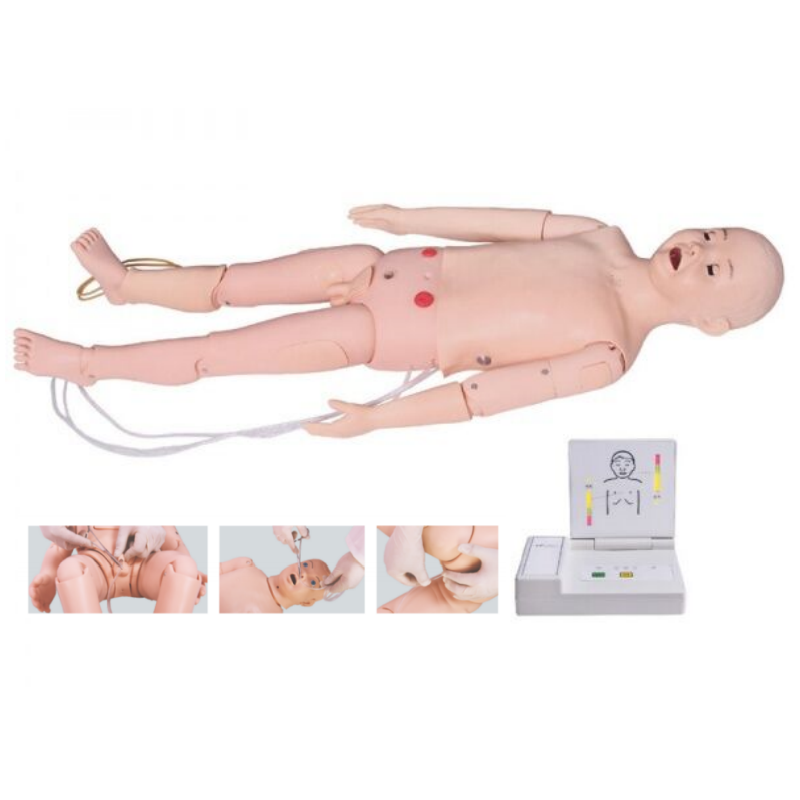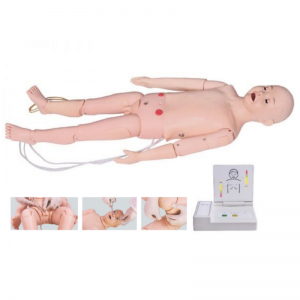In the field of medical education, airway infarction and CPR models are increasingly playing an indispensable role. These models not only provide a highly simulated training environment, but also enable medical staff to continuously improve their first aid skills in practice, ensuring that they can respond quickly and effectively in emergency situations.

First, the airway infarction and CPR model provides a safe, risk-free practice platform for healthcare professionals. In a simulated environment, medical staff can repeatedly practice cardiopulmonary resuscitation (CPR) operations and techniques for coping with airway blockages without fear of causing any harm to the patient. This hands-on opportunity not only helps medical personnel master first aid skills, but also makes them more calm in the face of real emergencies.
Secondly, airway infarction and CPR models are highly simulated. These models are able to simulate real physiological responses and pathological changes, such as heart rate, breathing, blood pressure, etc., as well as various symptoms that patients may have. This allows medical staff to truly feel the urgency and challenge of first aid operations in a simulated environment, so that they can better adapt to the pressure in real scenarios.
In addition, airway infarction and CPR models provide immediate feedback and evaluation. In the training process, the model can detect whether the operation of the medical staff is correct, and give the corresponding feedback and evaluation according to the operation situation. This immediate feedback and assessment helps medical staff to detect and correct errors in a timely manner, further improving the level of first aid skills.
Airway infarction and CPR models are widely used in medical education. They are used not only in the basic training of medical students and nurses, but also in the advanced training of advanced first aid skills. By simulating real first aid scenarios and patient situations, these models can help medical personnel better master first aid knowledge and skills and improve their ability to respond to emergencies.
In summary, airway infarction and CPR models play a key role in medical education. They provide a safe, risk-free practice platform for medical staff to master first aid skills in a simulated environment; At the same time, these models also have a high degree of simulation and immediate feedback evaluation function, which can further improve the level of medical personnel's first aid skills. Therefore, the importance of airway infarction and CPR model in medical education is self-evident.

